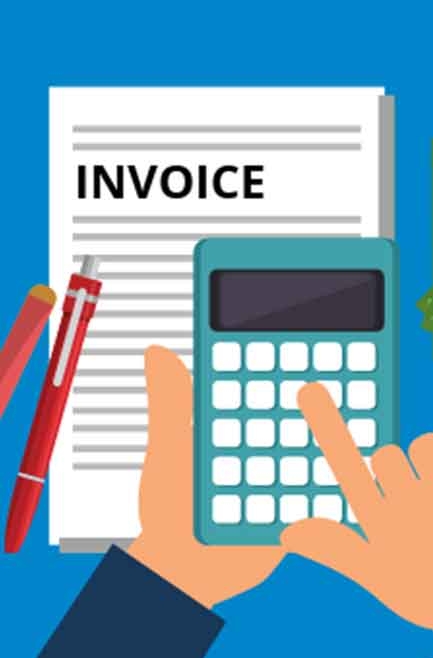Invoice factoring is a way for businesses to raise money by selling invoices to a factoring company at a discount. Factoring usually includes credit control services and helps companies release cash from their debtor book. Here’s everything you need to know about invoice factoring.
Definition
Invoice factoring is a form of invoice finance, designed for businesses that invoice their customers and receive payment on terms. A factoring provider lends against your customer invoices, enabling you to receive most of the invoice cash value immediately rather than waiting weeks or months to get paid.
The amount of finance available will typically be stated as a percentage of your outstanding debtor book or sales ledger but may be constrained by specific terms such as limiting exposure to a single large customer.
Typically, payments from your customers will go into a bank account controlled by the factoring company, and your customers will be aware that you use factoring. Some factoring providers will give you the option to credit insure particular customers or your entire sales ledger to minimize your exposure to bad debt (this is known as recourse and non-recourse factoring).
Factoring is a subcategory of invoice finance. Other types of invoice finance are invoice discounting, where you remain in charge of your credit control, and selective invoice finance, where you can choose which customers or invoices to finance.
One of the main things to consider about any form of business finance is a risk. From the lender’s perspective, factoring is lower-risk because they’ll have more control over ensuring your customers pay you on time. That means that factoring is often what lenders favor for companies with low turnover, a short trading history, or any other challenging circumstances.
Example
Joe’s Business needs help with cash flow and agrees to a factoring facility with a lender. The advance percentage in Joe’s agreement with The Invoice Company is 80%, so when Joe raises an invoice worth £10,000 and uploads it online, The Invoice Company advances Joe £8,000.
As we’ve talked about, one potential advantage of factoring is credit control, so if the customer was late paying what they owed Joe, The Invoice Company would contact them on his behalf and remind them the bill was overdue. In extreme cases, lenders will even take legal action if necessary — these kinds of credit control services are a key benefit of factoring.
When the customer has paid, the money goes to The Invoice Company, and then Joe receives the remaining invoice value minus the Invoice Company’s fees. In this example, Joe would typically pay about £400 in fees, so he’d get around £1,600 once the customer paid. Joe’s customer would also know he was using a factoring provider.
Recourse & non-recourse
Factoring is based on the money owed to your business in the form of invoices — but what happens if a customer doesn’t pay?
With a recourse facility, you would have to absorb the cost of the unpaid invoice. On the other hand, with a non-recourse facility, the lender would absorb the cost, leaving your business cashflow unscathed. For this reason, lenders often call non-recourse ‘bad debt protection’, because your business is protected from the issue of non-payment. However, as you might expect, this will make the factoring facility more expensive overall because the lender is accepting a higher level of risk.
Choosing between recourse and non-recourse will depend on the relationships you have with customers, and how likely you think a non-payment is. Of course, factoring includes credit control — so you’ll have experienced credit controllers working on your behalf to minimize this possibility — but it’s worth considering whether the risk of a recourse facility is worth the lower cost.
